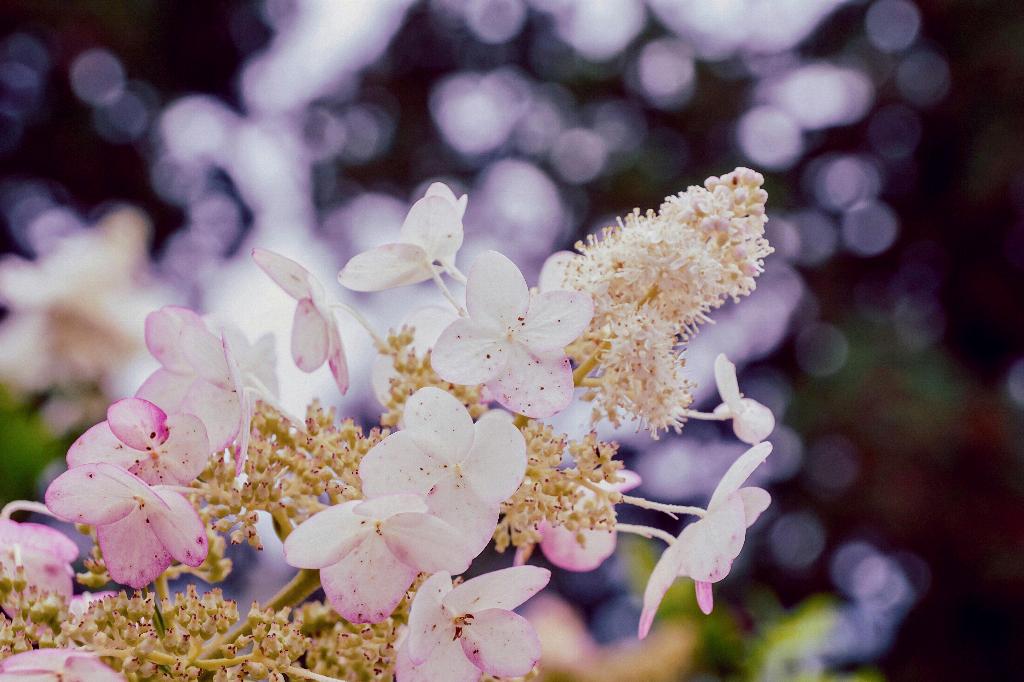Hydrangeas are beloved for their beautiful blooms that add charm to any garden. But to ensure these plants thrive and continue to produce stunning flowers, proper pruning is essential. In this comprehensive guide, we will delve into the world of hydrangea pruning and provide you with the knowledge you need to maintain healthy and vibrant plants.
Hydrangeas are versatile and gorgeous flowering shrubs that come in various types, including macrophylla and paniculata. These plants have specific pruning requirements that, when followed correctly, can result in abundant blooms and overall plant health. Pruning is a vital aspect of hydrangea care, as it not only shapes the plant but also encourages new growth and enhances flower production.
When to Prune Hydrangeas
Pruning hydrangeas at the right time is crucial for ensuring optimal growth and blooming. The timing of pruning largely depends on the type of hydrangea you have in your garden. For macrophylla hydrangeas, which include the popular mophead and lacecap varieties, it is best to prune them immediately after they flower in the summer. On the other hand, paniculata hydrangeas can be pruned in late winter or early spring before new growth emerges.
Pruning Techniques for Hydrangeas
When it comes to pruning hydrangeas, using the right tools is essential to avoid damaging the plant. Sharp and clean pruning shears are ideal for making precise cuts. To successfully prune your hydrangeas, start by removing any dead or damaged wood. Next, prune back stems to just above a fat bud, also known as a heading cut. This technique helps promote new growth and ensures a healthy structure for the plant.
If you have conical-shaped hydrangeas that provide winter interest, such as the arborescens varieties, it is advisable to wait until late winter or early spring to prune them. This delay allows you to enjoy the unique flower heads throughout the winter before cutting them back to encourage fresh growth.
Common Mistakes to Avoid
While pruning is beneficial for hydrangeas, there are common mistakes that gardeners should avoid to prevent harming the plants. Over-pruning can stress the shrub and lead to reduced flower production. Additionally, pruning at the wrong time, such as cutting back panicle hydrangeas in the fall, can remove flower buds and diminish next year’s blooms. It’s crucial to understand the specific pruning needs of your hydrangea variety to avoid these detrimental practices.
Conclusion
In conclusion, proper pruning is essential for maintaining healthy and flourishing hydrangeas. By following the correct pruning techniques and timing based on the type of hydrangea you have, you can ensure a bountiful display of blooms each season. Remember to equip yourself with the right tools, avoid common pruning mistakes, and embrace the art of shaping and nurturing your hydrangea plants for long-term success.

